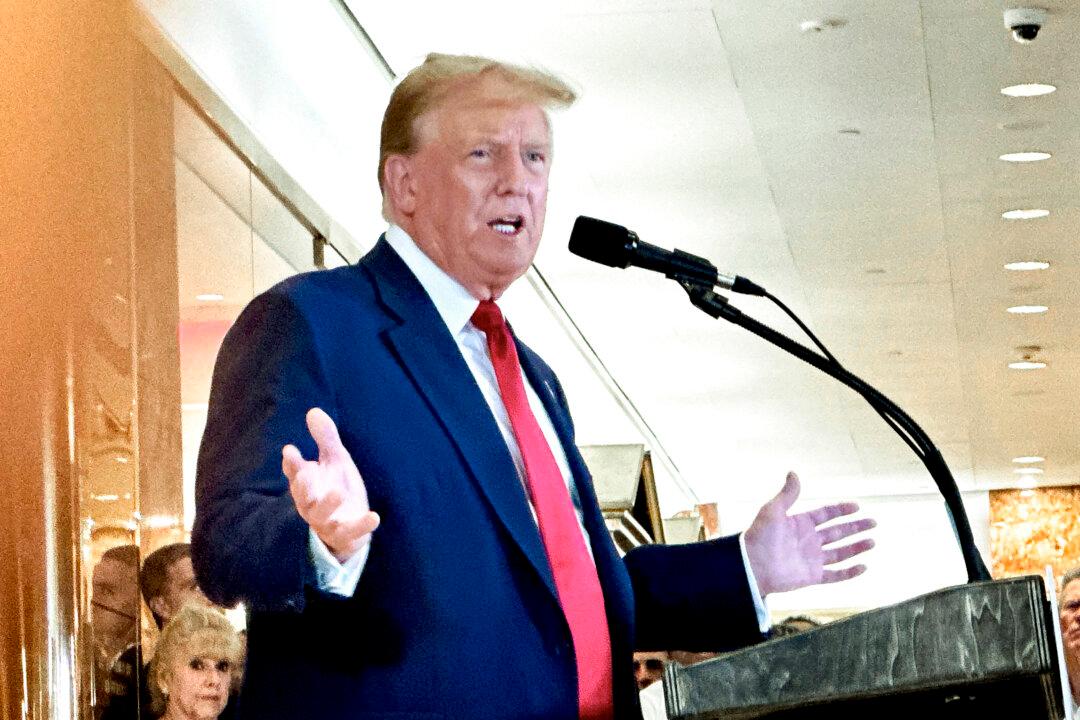Friday, March 10, brought a couple of bits of important news from the world of finance.
Hurrah! Break out the champagne, right?
Not so fast.
That same day we got the news that the Silicon Valley Bank (SVB), which I’d wager most of my readership had never heard of before Friday, had been put into receivership by the feds.
Certain large clients, sensing the tremors, had taken their money out of the bank.
Other clients heard about that, and they did the same thing.
By Friday, those exiting weren’t walking but running, as in a “run on the bank.”
Indeed, the failure of SVB was the largest bank failure since 2008.
What happened?
Several things.
For one, SVB (to use the now familiar acronym) had invested heavily in Treasury bonds.
Most banks do that.
Treasuries, backed by “the full faith and credit” of the United States, are (or at least have been) regarded as among the safest possible investments.
But SVB plowed billions into the bonds when interest rates were very low.
Unfortunately, as you may have noticed, the Fed has been raising interest rates aggressively for the last year.
This not only erased SVB’s profit from the difference between what it was paying on deposits and what its investments in Treasuries returned, but also put it in a liquidity trap when more and more depositors showed up wanting their money.
Uh oh.
“This stoked fears of insolvency,” the Wall Street Journal continued, “which caused customers and investors to bolt. It was reportedly searching for a buyer on Friday, and we hope regulators didn’t pre-empt potential private investors by closing SVB so quickly on the same day.”
There was also the fact that SVB was conspicuously a “woke” institution.
Jay Ersapah, its head of financial risk management, is right out of central casting.
OK. Bully for her.
Still, the failure of SVB, America’s 16th largest bank and a major source of funding for Silicon Valley start-ups, sent shock waves throughout the world of finance.
The market, which had been flirting with optimism that morning, cratered, ending the day nearly 350 points down, a dismal climax to a horrible week.
Instantly, there were many, many headlines proclaiming doom.
Oh, dear.
‘“How did you go bankrupt?” a character in Hemingway’s “The Sun Also Rises” asked.
“Two ways,” came the response. “Gradually, then suddenly.”
What people worry about is what the economists call “contagion.”
Was this a reprise of what happened in 2008, when the giant investment firm Lehman Brothers failed, sparking the steepest (but fortunately short-lived) collapse since the Great Depression?
The author, writing under the pseudonym “Jeremiah Jackson” is identified as “a former official” of the U.S. Treasury.
I would wager that he wasn’t a Biden or Obama appointee.
“Although SVB is classified as a systematically important financial institution,” “Jackson” writes, “... there is little systemic risk.”
Why? For one thing, the Federal Deposit Insurance Corporation is almost certainly working overtime even as I write to find a buyer.
J.P. Morgan has been rumored to be a candidate, and Elon Musk has also made noises about acquiring the failed bank.
The critical thing, according to “Jackson,” is that “SVB is a minor player in investment banking and has a weak role as a financial intermediary in most of the economy outside Silicon Valley.”
True, Silicon Valley itself is likely to suffer in the near term. “Some startups will be dissolved,” “Jackson” acknowledges.
“Innovation will slow down in the short-term. However, as long as the technologies deployed by the startups have positive returns, they are likely to be rediscovered and redeployed in fairly short order.”
We’ll see.
The next several days will be critical.
Watch for the usual governmental prestidigitation.
And here you thought the age of miracles had passed!
Naughty question: If no losses will be “borne by the taxpayer,” where will the money come from?
Who or what will bear the loss?
“The government,” you say.
Where does that money come from?
“Oh, they just print it, you know.”
Yes, they do.
Now tell me why interest rates are rising so sharply.
Or, rather, table that.
Let’s go back to the items I started with: the stronger-than-expected jobs report together with the house-of-cards-like implosion of SVB and other regional banks.
At this point, we really don’t know how these realities will unfold.
What if more banks fail, more payrolls are left unmet, and that stronger-than-expected jobs report sours and we find ourselves with that old Depression-era compact, bank failures and skyrocketing unemployment?
That will signal not only an economic catastrophe but also a political opportunity.
Were I a betting man, I’d say that it was the moment the Zeitgeist cued Donald Trump for his comeback tour.
That’s the story with a happy ending, in my opinion. Other conclusions, less cheery, are also possible.





